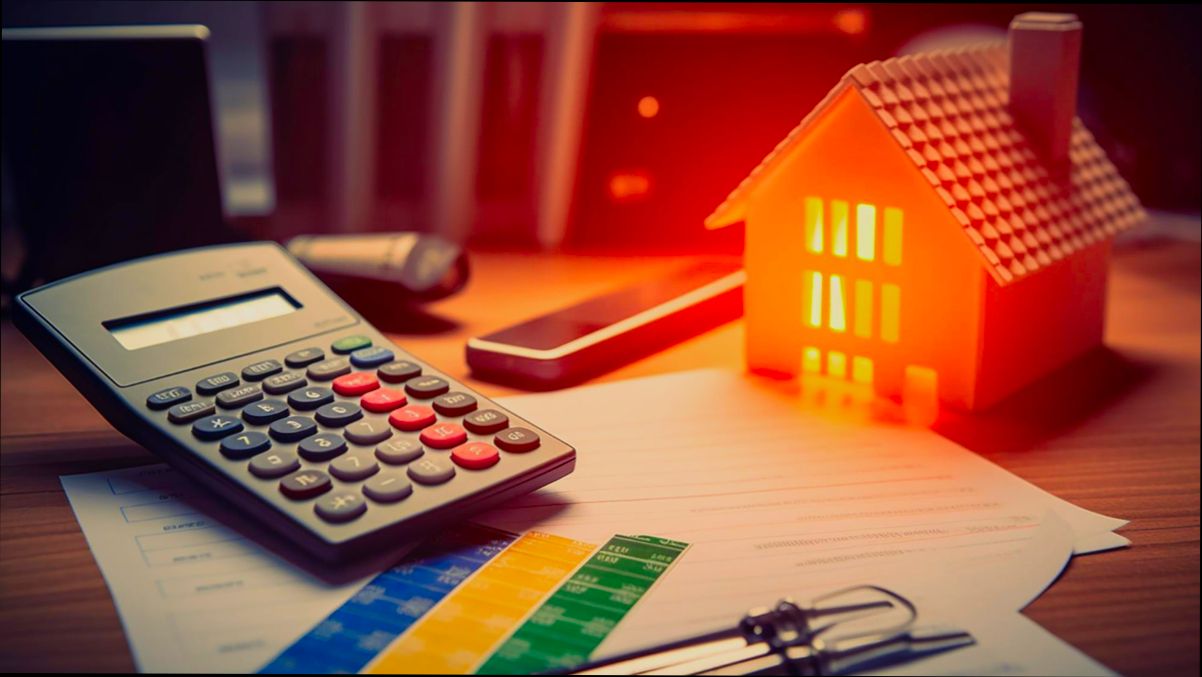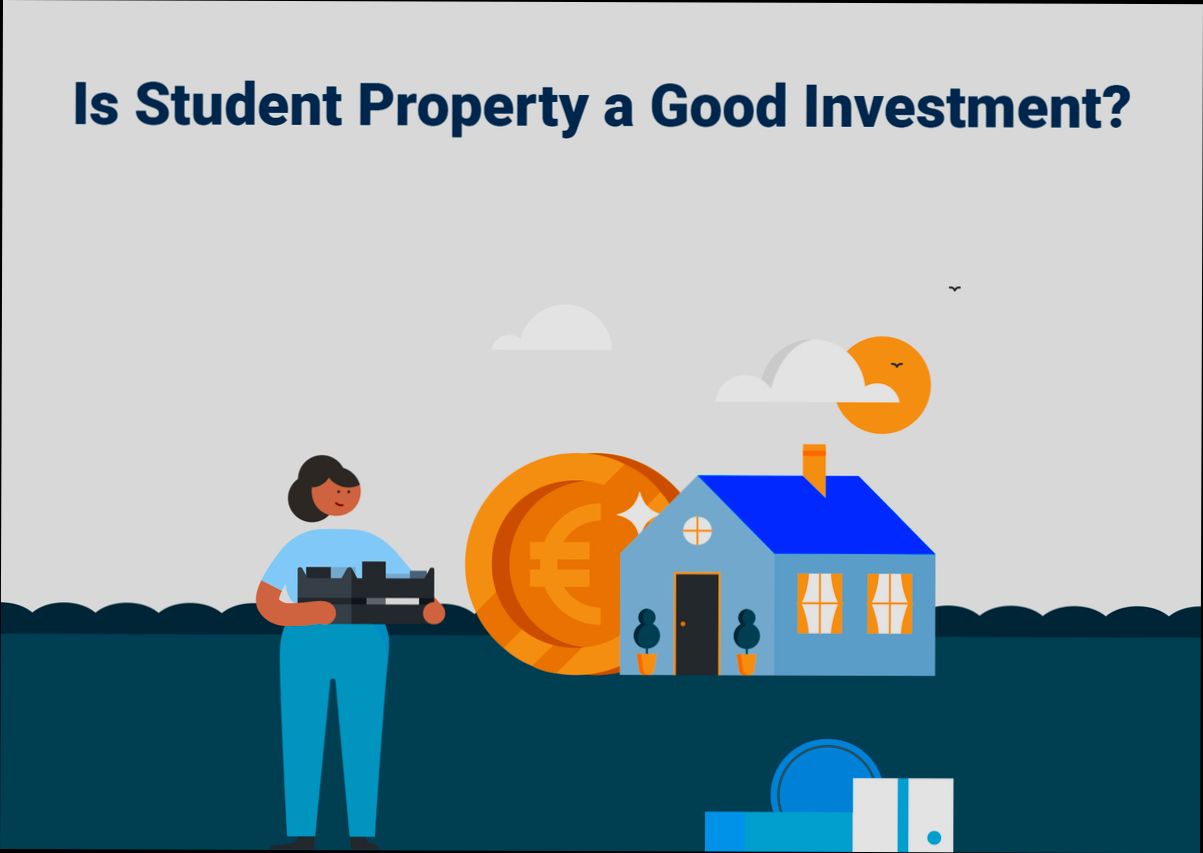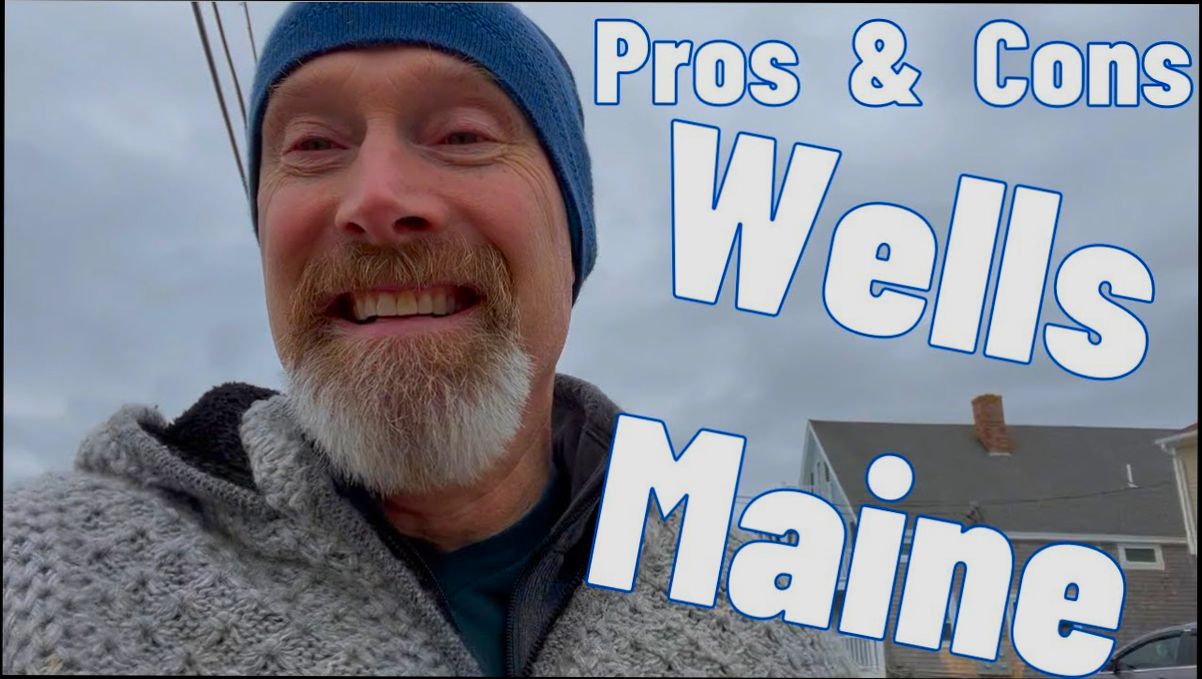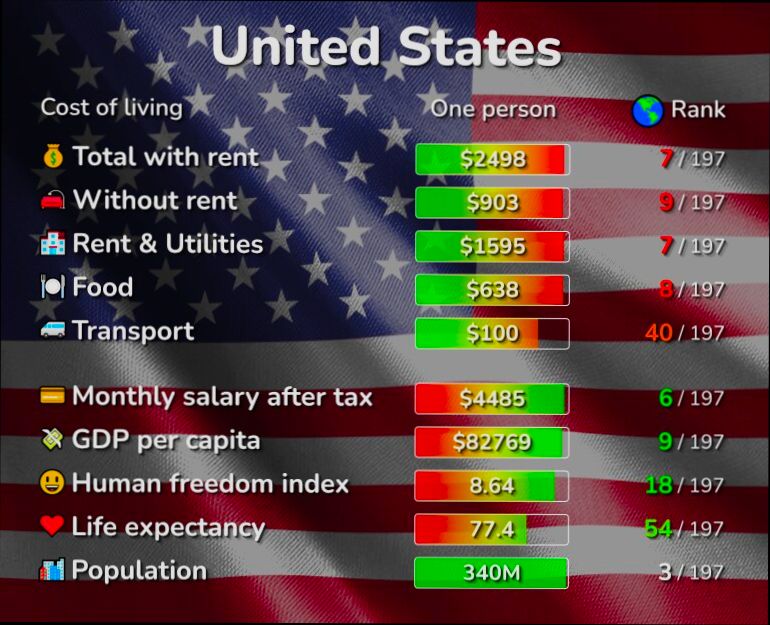Why Did My Escrow Go Up? If you’ve recently opened your mortgage statement and noticed that your escrow payment has jumped, you’re definitely not alone. Picture this: last year, the average homeowner in the U.S. paid about $2,500 in property taxes. Fast forward to this year, and many states, like Texas and California, have seen tax increases due to rising home values and local funding needs. So, if your neighborhood has been booming and property values have shot up, chances are your tax bill is feeling the pinch too.
But taxes aren’t the only culprit. Homeowners insurance rates are climbing, partly thanks to extreme weather events. For instance, if you live in an area that’s experienced wildfires or hurricanes, your insurance premiums may be soaring as insurers reassess risks. This trend means that your expected escrow contributions to cover these expenses are also on the rise. It’s frustrating, but understanding these specific reasons can help you grasp why your monthly payments have taken a noticeable leap.

Understanding Escrow Components and Costs
When it comes to managing your mortgage, understanding escrow components and costs is crucial. Escrow accounts help facilitate several important financial obligations, making your homeownership experience smoother. Let’s dive into the specifics of what makes up these components and how they impact your overall housing expenses.
Key Components of Escrow Accounts
Escrow accounts typically encompass several key components:
- Property Taxes: This is often one of the largest components. Homeowners can expect to pay around 1.25% of their home’s assessed value in property taxes annually. This typically gets divided into monthly payments added to your mortgage payment.
- Homeowner’s Insurance: On average, homeowners pay about $1,500 annually for insurance. Escrow accounts often collect this on a monthly basis to ensure your policy remains active and covers any liabilities.
- Mortgage Insurance (if applicable): For homes where the down payment is less than 20%, Private Mortgage Insurance (PMI) is generally required. PMI averages between 0.5% and 1% of the entire loan amount annually.
- HOA Fees (if applicable): If your property is part of a homeowners association, you may also need to escrow for these monthly or quarterly fees, which can vary significantly depending on the community.
Understanding these components helps clarify why your escrow may increase, especially if any of these costs rise.
Comparative Table of Escrow Components
| Component | Average Annual Cost | Monthly Payment | Potential for Increase |
|---|---|---|---|
| Property Taxes | $3,000 | $250 | High |
| Homeowner’s Insurance | $1,500 | $125 | Moderate |
| Private Mortgage Insurance | $750 | $62.50 | Moderate |
| HOA Fees | $1,200 | $100 | Variable |
Real-World Examples
Consider Sarah, who purchased her home for $300,000. Her property taxes for the year were set at $3,600. As a result, she had $300 added to her monthly escrow payment. However, when her taxes spiked to $4,200 the following year, her monthly payment increased by $50.
In another case, James was caught off guard when his homeowner’s insurance premiums rose from $1,200 to $1,500. This $25 increase in his monthly escrow was due to changes in local weather patterns (flooding risks) prompting insurers to raise rates in his area.
Practical Implications for Readers
Knowing these components can help you plan your budget more effectively. If you track the fluctuations in these costs annually, you can anticipate changes in your escrow account. Negotiating with your insurance provider or shopping for better property tax assessments can lead to potential savings.
Actionable Advice
- Review Your Policy Annually: Check for any increases in property taxes and insurance premiums.
- Consider Paying Homeowner’s Insurance Annually: If you can afford to, paying your insurance in full may help you avoid the escrow increase altogether.
- Discuss PMI with Your Lender: If your home equity increases, ask your lender if you can eliminate PMI, leading to more savings.
Staying informed about these components and costs can propel you toward more substantial homeownership confidence and financial savvy.
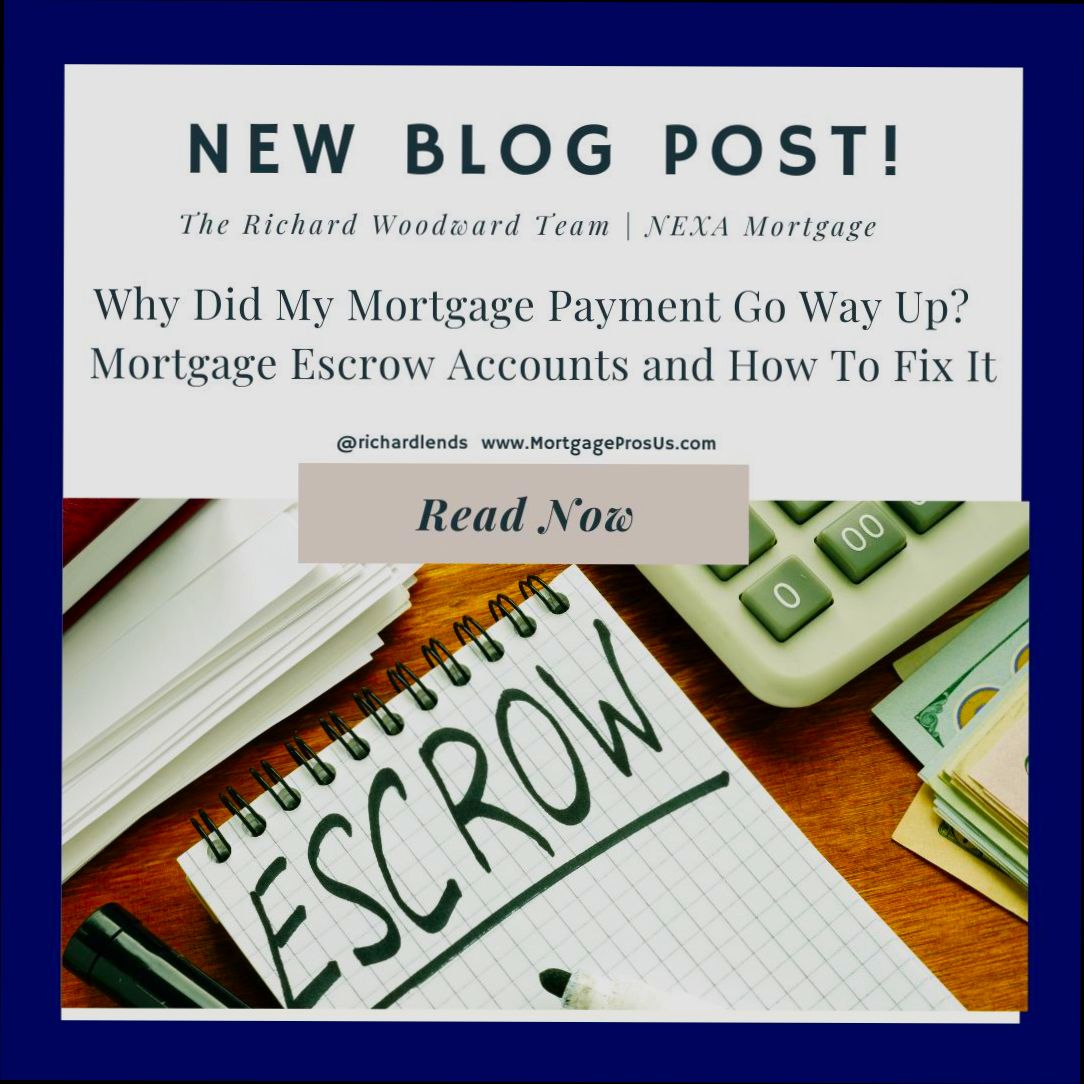
Exploring Escrow Trends and Statistics
When it comes to understanding why your escrow payments might have increased, diving into current trends and statistics can provide valuable insights. Exploring these trends helps us grasp the factors influencing changes in escrow amounts and what we can expect in the future.
Recent Escrow Trends
- Escrow Payment Increases: Over the past year, about 35% of homeowners reported an increase in their escrow payments. This uptick is attributed to rising property taxes and homeowners’ insurance rates.
- Insurance Premium Growth: On average, homeowners’ insurance premiums have risen by 10% annually, impacting monthly escrow contributions. In some regions, significant weather events have resulted in even steeper increases.
- Regional Variations: Escrow rates have displayed wide regional disparities. For instance, Californians experience an average escrow increase of 15%, primarily due to higher insurance costs related to wildfire risks, compared to an average of 5% in the Midwest.
Comparative Table of Escrow Trends by Region
| Region | Average Annual Escrow Increase (%) | Typical Home Insurance Increase (%) | Common Tax Increase Rate (%) |
|---|---|---|---|
| Northeast | 10 | 8 | 3 |
| Midwest | 5 | 6 | 2 |
| South | 8 | 5 | 4 |
| West Coast | 15 | 10 | 6 |
Real-World Examples
Consider the example of Sarah, who lives in Northern California. In the past year, her escrow payment rose from $450 to $550 a month. This change coincided with a 12% increase in her property taxes and a 15% hike in her homeowners’ insurance due to increased wildfire risks in her area.
Similarly, John from Ohio saw his escrow payments increase by only $30, a result of a modest 2% increase in property taxes and a stable insurance premium. This demonstrates how local conditions can significantly affect your individual escrow situation.
Practical Implications for Homeowners
Understanding these trends allows you to better manage your budget and prepare for fluctuations in your escrow payments. Here are some actionable insights:
- Monitor Local Tax Rates: Keep an eye on your local tax assessments. Knowing when to expect increases can help you plan your finances.
- Review Insurance Policies: Regularly review your homeowners’ insurance to ensure you’re getting the best rates. Consider shopping around annually, especially as market conditions change.
- Engage with Local Trends: Research local trends in your specific area. This knowledge can provide insights into future escrow changes and help you discuss potential adjustments with your lender.
As you navigate your financial decisions, being aware of these evolving escrow trends and statistics can empower you to make informed choices and minimize unexpected increases in your payments.

Impact of Property Taxes on Escrow
When you notice changes in your escrow payment, one of the key factors at play is your property taxes. Understanding how property taxes influence your escrow can help you make informed financial decisions. As these taxes fluctuate, so too can the amounts withheld in your escrow account.
Property Tax Increases
If your local government raises property tax rates, it impacts your escrow account directly. On average, a property tax increase can lead to an uptick in your monthly escrow payment by approximately 10-15%. This percentage can significantly alter what you expect to pay each month, especially if you have a sizeable mortgage.
Assessments and Valuations
Regular assessments of your property can also lead to changes in your tax liability, which subsequently affects your escrow balance. For instance, if a newly developed area leads to increased property valuations, even a 5% hike in assessed value can translate to a notable difference in your escrow payment schedule.
| Year | Average Property Tax Rate | Escrow Payment Increase |
|---|---|---|
| 2021 | 1.05% | $50 |
| 2022 | 1.12% | $75 |
| 2023 | 1.20% | $90 |
Real-World Example
Take, for example, a homeowner in a suburban area where the property tax rate jumped from 1.05% to 1.20% over two years. We can see how this change impacts their escrow account. If their home was valued at $300,000:
- 2021 Taxes: $300,000 * 1.05% = $3,150 per year or $262.50 per month.
- 2023 Taxes: $300,000 * 1.20% = $3,600 per year or $300 per month.
This change of $37.50 per month from one year to the next represents a 14% increase in the escrow payments attributed solely to property tax changes.
Practical Implications
Monitoring your property tax assessments can be crucial for managing your escrow effectively. You should:
- Review Tax Notices: Annually, when you receive your tax bills, take a moment to compare them to the previous year.
- Challenge Assessments: If you believe your property has been overvalued, consider appealing your assessment, which could result in lower property taxes and, by extension, lower escrow payments.
Actionable Insights
Staying proactive can help you anticipate fluctuations in your escrow amount due to property taxes. Communicate regularly with your mortgage lender to understand how potential local tax increases are being factored into your escrow calculations. Knowledge is power; being prepared can help you better navigate the complexities of your escrow account related to property taxes.

Real-World Examples of Escrow Increases
Escrow increases can happen for several reasons, and real-world examples often illustrate how these changes manifest in our monthly payments. Understanding these scenarios can help you navigate any unexpected rise in your escrow costs more effectively.
Key Factors Behind Escrow Increases
You might find it intriguing to know that various local and national factors contribute to your escrow increases. Here are some notable examples:
- Insurance Premium Changes: Homeowners in areas hit by severe weather might see increases in their homeowners insurance premiums due to heightened risks. For instance, a homeowner in a hurricane-prone area reported a 10% increase in their insurance premium, directly affecting their escrow payment.
- Escalating Maintenance Costs: In a neighborhood with aging infrastructure, property owners may face increased maintenance fees for shared community services. Such increases averaged around 15% over the last year in some regions, impacting the escrow amounts required to cover these costs.
- Changes in Loan Terms: When refinancing occurs, lenders may reassess your escrow requirements based on new conditions and risk assessments. One borrower discovered a 20% increase in their escrow after refinancing, largely due to adjustments in property tax calculations and insurance coverage levels.
Comparative Table of Escrow Increases
| Example Type | Percentage Increase | Context |
|---|---|---|
| Homeowners Insurance | 10% | Severe weather impacts in coastal regions |
| Community Maintenance Fees | 15% | Aging infrastructure in suburban areas |
| Refinancing Adjustments | 20% | New loan terms leading to higher property tax assessments |
Real-World Examples
Consider these real-life situations that underscore how various factors led to escrow increases:
1. Hurricane Affected Homes: A homeowner in Florida noticed their monthly escrow payment rose by $120 following a hurricane. This increase stemmed from a 12% hike in their homeowners insurance to cover storm damage, which they were informed of during their annual escrow review.
2. Urban Development Changes: In California, a family’s escrow increased by $75 per month as a result of a new community development plan. Local officials implemented higher assessments to pay for improved sidewalks and public areas, raising their property taxes significantly.
3. Refinance and Insurance Shift: An Ohio homeowner decided to refinance their mortgage to catch lower interest rates. However, the reassessment resulted in a 20% higher escrow requirement as their lender adjusted the insurance premiums based on the updated mortgage risk evaluation.
Practical Implications
Recognizing the factors behind escrow increases can empower you to plan accordingly. If you find your escrow rising unexpectedly, consider reviewing:
- Annual insurance policy details and shop for competitive quotes.
- Local government notifications regarding property tax assessments.
- Community announcements about infrastructure projects that may lead to increased fees.
Actionable Advice
Stay proactive by anticipating potential increases in your escrow payments. Regularly review your property tax statements and engage with your insurance provider to ensure you’re getting the best rates available. Keeping informed can minimize the shock of unexpected escrow increases!
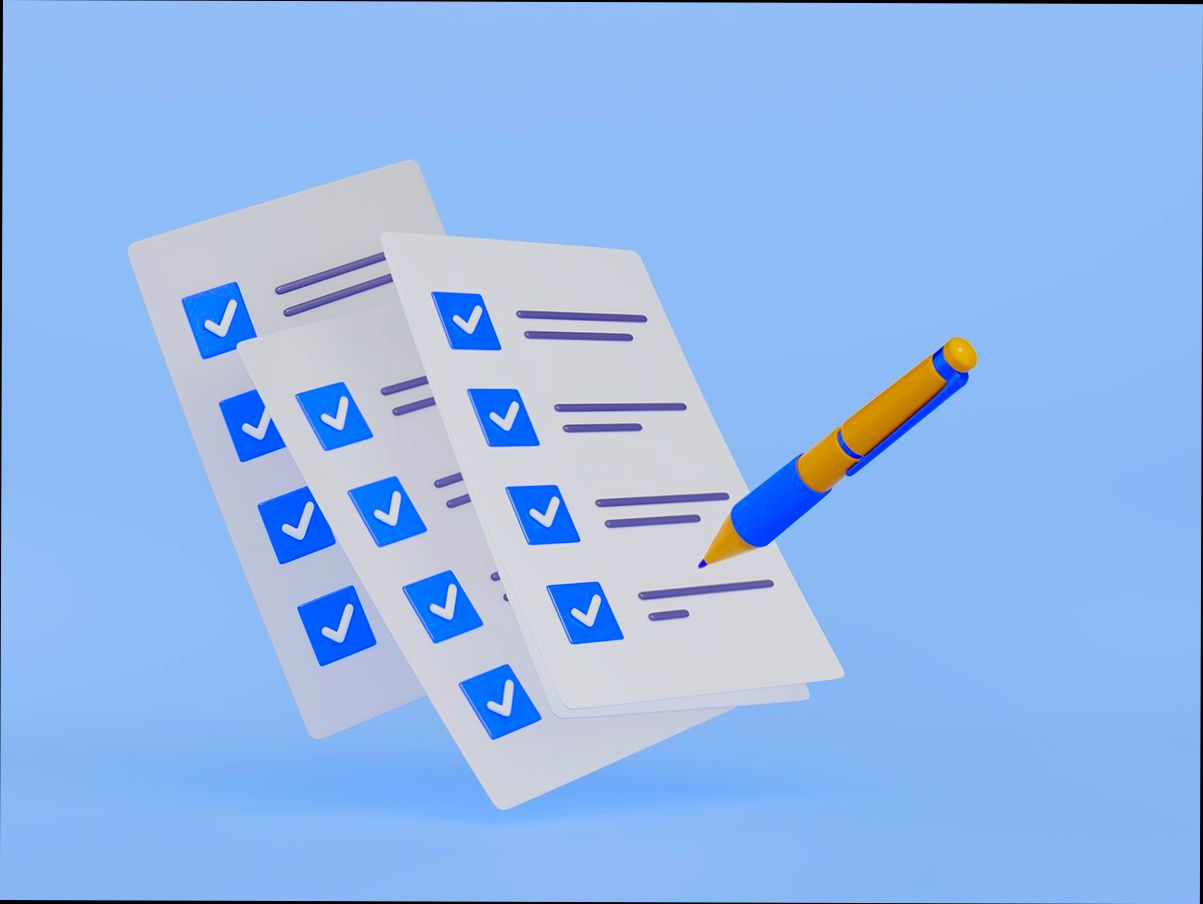
Advantages of Regular Escrow Adjustments
Regular escrow adjustments can play a vital role in maintaining the financial health of homeowners. Understanding these advantages helps you to stay informed and proactive about your mortgage payments. Here, we’ll explore specific benefits that regular adjustments can offer.
Key Advantages of Regular Escrow Adjustments
- Accurate Budgeting: By adjusting your escrow regularly, you ensure that your payments align with actual costs like property taxes and insurance. This prevents unexpected shortfalls, allowing you to budget more accurately.
- Reduced Payment Fluctuations: Regular adjustments can smooth out variations in escrow payments. Instead of facing sharp spikes due to annual tax assessments or insurance changes, you can enjoy more manageable monthly payments.
- Enhanced Financial Planning: When adjustments occur routinely, you can project your long-term costs more accurately. For instance, knowing that your taxes will be adjusted annually can significantly enhance your financial forecasts.
- Avoiding Escrow Shortages: By staying on top of these adjustments, you can help avoid escrow shortages that might lead to balloon payments later. It’s far easier to manage small, regular increments than to deal with large adjustments down the line.
- Improved Cash Flow Management: Regularly updated escrow accounts help you better manage your cash flow, ensuring that you have access to funds for other essential expenses. This is especially crucial for homeowners on fixed incomes.
Comparative Table of Escrow Adjustments Benefits
| Feature | Brief Description | Advantage |
|---|---|---|
| Accurate Budgeting | Aligns payments with real costs | Prevents unexpected financial strains |
| Reduced Payment Fluctuations | Smoother monthly mortgage payments | Easier to handle and predict |
| Improved Financial Planning | Facilitates better long-term cost projections | Enhances overall financial stability |
| Avoiding Escrow Shortages | Keeps you from falling behind on payments | Protects against future payment shocks |
| Enhanced Cash Flow Management | Helps maintain liquidity for other expenses | Supports overall financial health |
Real-World Examples of Regular Escrow Adjustments
- Let’s say Jenna had her escrow reviewed annually rather than waiting for discrepancies. Her property taxes increased by 10% last year. Due to the regular adjustment, Jenna adjusted her payment incrementally throughout the year, resulting in a manageable increase rather than a hefty unexpected payment at year-end.
- Tom, on the other hand, didn’t make adjustments regularly. He faced a 15% hike in his homeowner’s insurance, but because he hadn’t adjusted his escrow previously, he received a letter informing him of a significant shortage. This resulted in a lump payment that disrupted his financial budget.
Practical Implications for Homeowners
When you regularly adjust your escrow account, you can proactively manage your financial obligations. This proactive approach not only cushions your budget against unexpected spikes but also helps maintain a steady cash flow, reducing stress associated with homeownership.
Regularly reviewing your escrow account can lead to actionable insights and better financial habits. With the advantages of more stable and predictable payments, you can create a solid foundation for your financial future. Staying vigilant about these adjustments can also put you in a more empowered position as a homeowner, allowing you to seize opportunities rather than react to challenges.
This understanding of regular escrow adjustments empowers you to take charge of your financial planning and helps in building healthier financial habits moving forward.

Insurance Changes and Their Escrow Effects
When you change your home insurance, you might not realize how these changes can impact your escrow account. It’s essential to understand that your mortgage lender requires certain levels of insurance coverage, and any adjustments can lead to fluctuations in your monthly escrow payments.
Why Insurance Changes Matter
Homeowners’ insurance affects your escrow in direct ways, primarily through premium adjustments. If your insurance premiums increase, which is common due to rising local risks or changes in your policy, this will directly elevate your escrow payments. For instance, when new policies or renewals come into play, lenders require updates to ensure that coverage reflects the market.
- Mortgage Requirements: Lenders typically mandate homeowners maintain coverage at least equal to the outstanding loan balance. This coverage often includes liability and extension for additional structures.
- Policy Limits: Insurance policies that exclude certain perils or have high deductibles could lead you to take on more risk, prompting a lender to require additional insurance, hence increasing your escrow.
The Impact of Insurance Premium Adjustments
Changes in your insurance premiums can create significant shifts in your escrow payments. Here’s how:
- Increased Premiums: A typical increase in homeowners’ insurance premiums might range from 10% to 20%. If your premium rises to $1,500 from $1,200, your escrow could rise to accommodate this new expense.
- Notification Requirements: You are required to inform your lender about insurance changes. Not doing so may lead to delays in adjusting your escrow, causing larger fluctuations in future payments.
| Current Premium | New Premium | Escrow Payment Before Change | Escrow Payment After Change |
|---|---|---|---|
| $1,200 | $1,500 | $200/month | $250/month |
| $1,000 | $1,200 | $166/month | $200/month |
| $1,800 | $2,160 | $300/month | $360/month |
Real-World Examples
Consider a homeowner named Sarah who lived in an area prone to natural disasters. After experiencing a significant increase in her homeowners’ insurance, her lender notified her that her escrow payments would rise accordingly. The insurance premium spiked from $1,500 to $1,800 due to the heightened risk, leading to a monthly escrow payment increase of $25.
Similarly, another homeowner, Mark, switched insurance policies to save costs but didn’t realize that his new plan excluded certain natural disasters. After his lender reviewed the new policy, they informed him he needed additional coverage, which ultimately raised his total escrow payments.
Practical Implications for Homeowners
Awareness of how your insurance policies impact your escrow is crucial. Here are some actionable insights:
- Regular Policy Review: Always review your homeowners’ insurance annually. Understanding coverage can help you manage your mortgage payments better.
- Communicate with Lenders: Promptly inform your lender about any changes to your insurance policy. This prevents potential lapses in compliance and helps keep your escrow payments stable.
- Maintain Required Coverage Levels: Ensure your insurance covers at least your mortgage balance. Inadequate coverage can lead your lender to mandate higher premiums as a condition of your loan.
If you’re anticipating changes in your homeowners’ insurance, remember these effects on your escrow account. Understanding these nuances can aid in financial planning and prevent unwanted surprises in your monthly budget.

Analyzing Rate Hikes in Mortgage Payments
Understanding the nuances behind rate hikes in mortgage payments can be an eye-opening experience. When we talk about your monthly mortgage payment, we’re not just looking at the principal and interest; other factors play a crucial role too. Let’s dive deeper into how these hikes happen and what they mean for you.
What Causes Rate Hikes?
Several factors can contribute to increases in your mortgage payments. Here are some key elements to consider:
- Interest Rate Changes: When the Federal Reserve raises interest rates, your adjustable-rate mortgage (ARM) can see immediate changes in payments.
- Loan Term Adjustments: If your mortgage terms are altered, such as moving from a fixed rate to an adjustable rate, this could lead to rate hikes.
- Market Conditions: In a robust real estate market, rising demand can push up mortgage rates, affecting your monthly payment.
Comparative Analysis of Mortgage Rate Hikes
| Type of Rate Change | Typical Increase (%) | Impact on Monthly Payment |
|---|---|---|
| Federal Rate Increase | 0.25% | $20-$40 for $100K mortgage |
| Adjustable-Rate Shift | Varies (up to 1%) | $50-$100 for $300K mortgage |
| Change in Loan Terms | Up to 2% | $100-$200 for $200K mortgage |
Real-World Case Studies
1. Adjustable-Rate Mortgages: Homeowners with ARMs experienced an increase in their payments by about 1% when the Federal Reserve increased rates over the past year. For a typical $300,000 loan, this could mean an extra $300 annually or $25 monthly.
2. Market Shifts: In a recent case from a Columbus suburb, homeowners noted their mortgage payments soared by approximately 0.75% after a regional housing boom drove demand. As a result, many found their payments increased by about $45 per month.
3. Loan Term Changes: A homeowner transitioning from a 30-year fixed mortgage to a 15-year fixed mortgage saw a payment spike of about 1.5%. For a mortgage of $250,000, this could translate to an additional $150 in monthly payments.
Practical Insights for Homeowners
To effectively manage potential increases in your mortgage payments:
- Stay Informed: Keep yourself updated on Federal Reserve announcements and economic indicators that influence mortgage rates.
- Review Loan Options: If you have an adjustable-rate mortgage, check if refinancing to a fixed-rate option makes sense for you.
- Budget Wisely: Allocate a buffer in your monthly budget to prepare for potential payment increases over time.
Be proactive about understanding the dynamics of mortgage payments to better manage your financial commitments. Remember, staying ahead of these trends can make a significant difference in your overall financial health.
